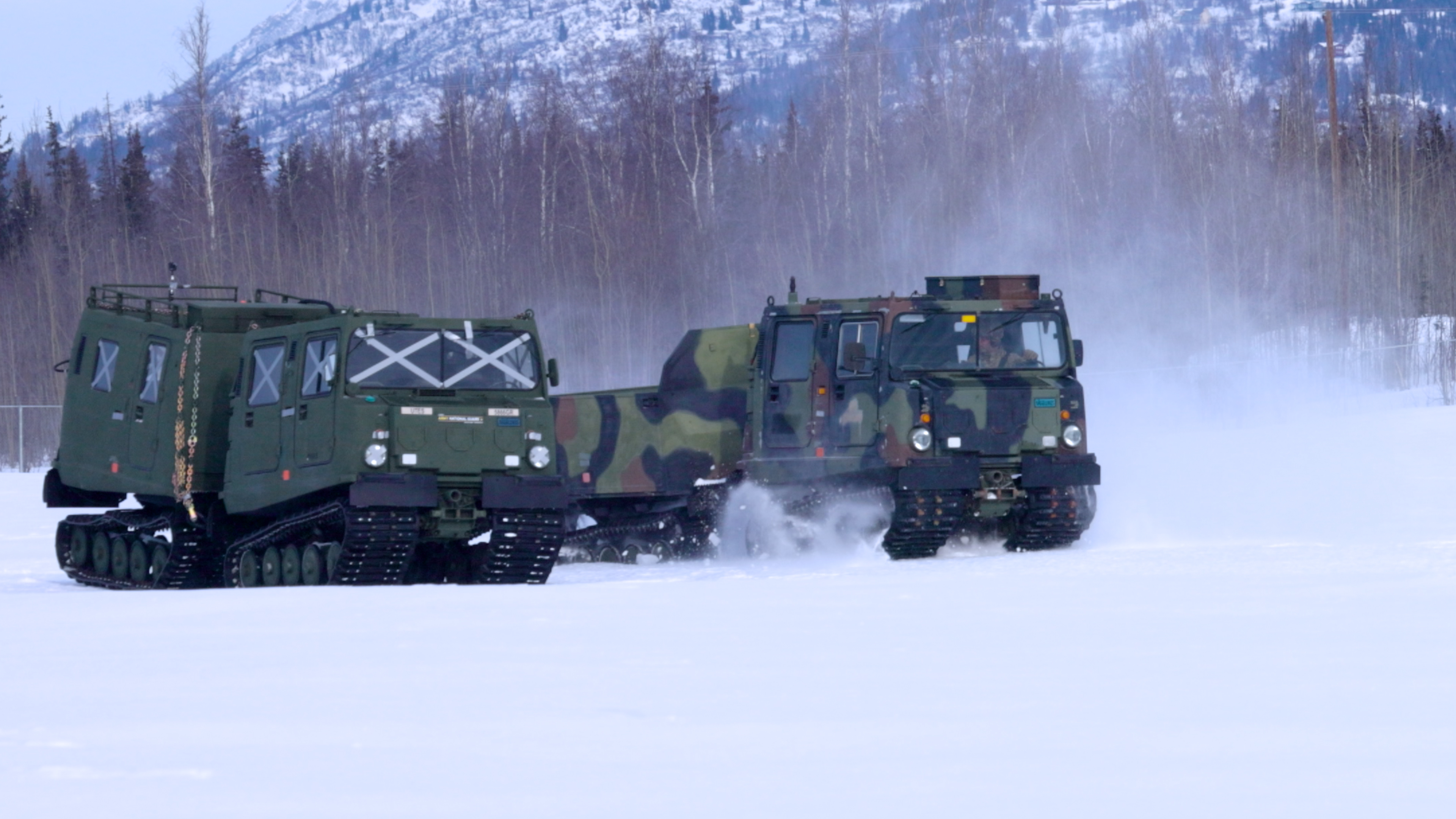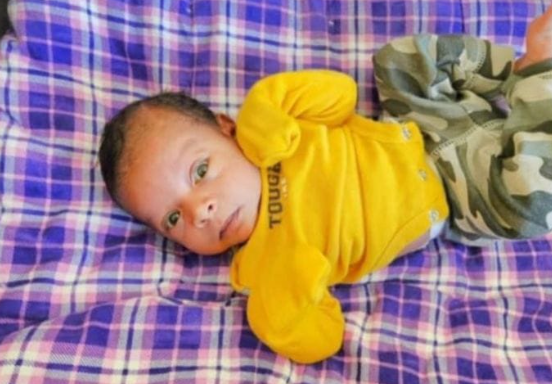
Malaysia Airlines MH17 crashed this morning near the Ukraine-Russia border, killing the 295 persons on board the flight. The Boeing 777, which was traveling from Amsterdam to Kuala Lumpur with 280 passengers and 15 crew members, crashed near Shakhtersk, Ukraine, some 20 miles outside of Russian air space. According to The Wall Street Journal, U.S. intelligence confirms that a surface-to-air missile hit the jet, but has not confirmed from where the missile was fired.
[Related: U.S. Intelligence Thinks Flight MH17 Was Hit by a Missile, Killing 295 | Newsweek Rewind: When Korean Air Lines Flight 007 Was Shot Down]
According to aviation experts interviewed by Newsweek, it is not uncommon for civilian airlines to travel over conflict zones.
Patrick Smith, author of longtime pilot and aviation expert and author of Cockpit Confidential, points out that "hundreds of commercial airplanes fly over Iraq every day."
"There are protocols and safeguards in place for all of these places," he says.
David Ison, assistant professor of aeronautics and chair of the aeronautical science master's program at Embry-Riddle Aeronautical University, adds: "It's not unusual to overfly areas of military activity. We used to fly over live fire."
Commercial planes are usually far above where fire would be exchanged, he says, so "you don't worry about it because you're so high."
Ukraine had shut down airspace in the southeast region of the country July 8 "with the exception of transit flights at altitudes of above [26,000 feet] until the situation fully normalizes," according to Voice of Russia. Smith estimates that the plane was at an altitude of approximately 30,000 feet, given that it was in the "onward portion of a long haul flight."
There are many listed shootdown incidents.
Says Smith: "It has happened, but it's a very rare occurrence."
There are some watershed examples with regard to international relations. In 1983, two Russian fighter planes shot down Korean Airlines Flight 007, which was traveling from JFK Airport in New York to Seoul, South Korea, during which it veered some 200 miles off course into Soviet airspace. According to reports 269 people died. In 1988, toward the conclusion of the Iran-Iraq war, a U.S. Navy Ship, the Vincennes, shot down Iran Air Flight 655, according to The Washington Post. The U.S., the Post explains, "kept ships there, and still does, to protect oil trade routes." The Vincennes and small Iranian ships had been "exchanging fire," when the Dubai-bound flight took off from Iran's Bandar Abbas International Airport, which "was used by both civilian and military aircraft." Per the Post, "The Vincennes mistook the lumbering Airbus A300 civilian airliner for a much smaller and faster F-14 fighter jet, perhaps in the heat of battle or perhaps because the flight allegedly did not identify itself." The Vincennes launched two surface-to-air missiles at the Airbus, "killing all 290 passengers and crew members on board."
While Smith and Ison both caution against jumping to conclusions with such scant evidence, Ison says generally that a weapon capable of hitting a plane at such an altitude would have to be part of a "sophisticated weapon system."
Ison says: "This is not just some stray weapon, or some very run-of-the-mill very black market weapons system."
Meanwhile airlines are rerouting planes away from the region.
This map of airspace over the Ukraine after #MH17 was downed is astounding. MT @Plane_Talking: pic.twitter.com/qy5XZjep9C
— jim impoco (@jimpoco) July 17, 2014
Uncommon Knowledge
Newsweek is committed to challenging conventional wisdom and finding connections in the search for common ground.
Newsweek is committed to challenging conventional wisdom and finding connections in the search for common ground.
About the writer
Before joining Newsweek, Victoria Bekiempis worked at DNAinfo.com New York and the Village Voice. She also completed internships at news ... Read more
To read how Newsweek uses AI as a newsroom tool, Click here.





